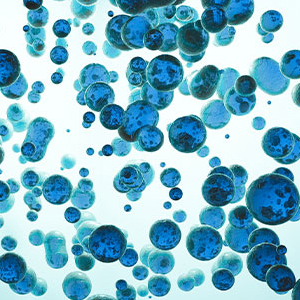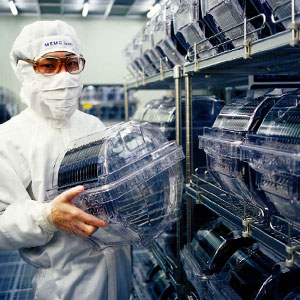
Human Cell, Tissue, And Cellular And Tissue-Based Products (Hct/P) Environmental Monitoring Requirements: 21 CFR 1271
The Food and Drug Administration (FDA) requires human cell, tissue, and cellular and tissue-based product establishments to follow the current Good Tissue Practice (GTP), which governs the methods used in, and the facilities and controls used for, the manufacture of human tissue and cellular and tissue-based products. The
following regulation is to be enforced as of May 25, 2005: 21 CFR 1271—Human Cells, Tissues, and Cellular and Tissue-Based Products 21 CFR 1271.195 Environmental control and monitoring Section 1271 requires facilities to establish and maintain procedures to adequately control and monitor environmental conditions and to provide proper conditions for operations. The regulations were created to improve protection of the public health. Section 1271.195 specifies the monitoring parameters required.



